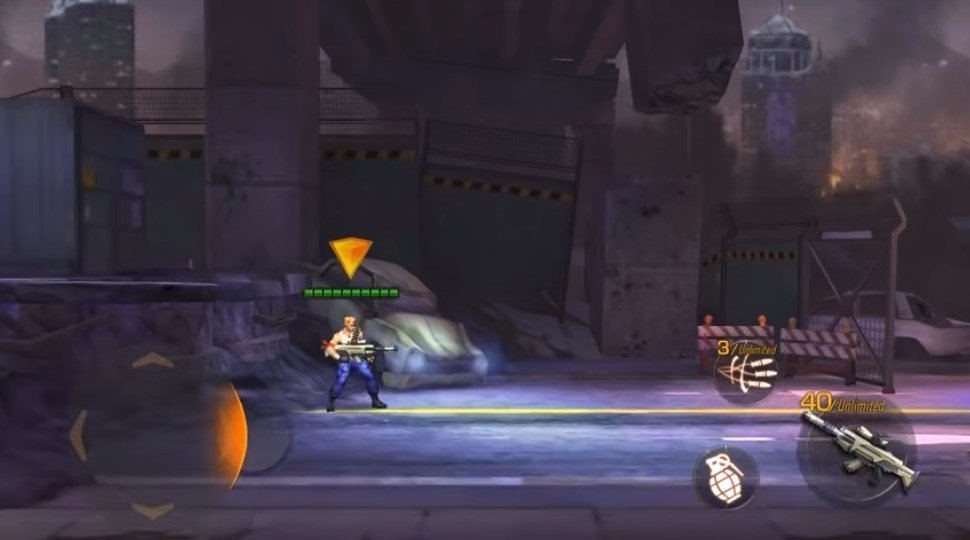
Believe it or not, but a Game Boy Sewing Machine is a thing too.One prominent canceled accessory was the WorkBoy, which combined a small QWERTY keyboard, link cable, and a cartridge to enable PDA-like features including appointment entries and a phone/address book.Best of all, the frame rate is actually really smooth for a Game Boy Color. It’s an astounding feat that saw him slapping together a custom cartridge with a co-processor. An enterprising hacker got Wolfenstein 3D running on an unmodified Game Boy Color.Yes, you could take photos with the former and print them with the latter. The Game Boy Camera and Game Boy Printer were two of the more memorable accessories for the handheld.This would’ve presumably brought touchscreen capabilities to the existing display. Kuwahara also revealed that a touch panel adapter was developed in 1998 for the Game Boy Color.The company’s Masato Kuwahara revealed an image of this device at the Game Developers Conference in 2009.
#Download contra nes for android portable
The Game Boy Color wasn’t Nintendo’s first choice for a portable with a color screen, as the company was thinking about launching a brick-like device with four face buttons back in 1995.The NES had a front-loading cartridge slot in North America, but the so-called “zero-insertion force” mechanism resulted in hardware issues in some models.Developer Tengen reverse-engineered this chip and released games of its own, but it was successfully sued for copyright and patent infringement. Nintendo used a security chip in official cartridges as a way to prevent unauthorized developers from making games for the NES.The third-party Teleplay modem would’ve offered online gaming and cross-platform play between Nintendo and Sega systems, but it was ultimately canceled. But it did allow users to trade stocks, bet on horse races, and more. Nintendo’s official Famicom Modem was released in Japan and didn’t offer online gaming. There were actually two modem add-ons for the NES.The company released the Famicom 3D System in Japan as an add-on for the NES back in 1987, but it was a commercial flop. Believe it or not, the Virtual Boy wasn’t Nintendo’s first stab at headset-based 3D gaming.Simply bring your disk to the machine and it could copy a new game onto it. This format was actually rewritable, which meant you could save games directly on the disk or buy entirely new games via a vending machine. It used the obscure Quick Disk format akin to floppy disks, giving a total of 128KB of storage space. Nintendo released a disk-based add-on for the NES in Japan dubbed the Famicom Disk System.Nintendo released new Game and Watch models in 20, offering games like Super Mario Bros.Yokoi would leave Nintendo in 1996 to work on what became the Bandai Wonder Swan handheld, before passing away in a car accident in 1997.

These include the cross-shaped D-pad and the Game Boy.
This game performed poorly in the US, with Nintendo then creating Donkey Kong as a way to essentially repurpose unsold Radar Scope arcade cabinets. Donkey Kong wasn’t Nintendo’s first arcade game, as that distinction belonged to 1980s Radar Scope.Mario was named after Nintendo of America landlord Mario Segale. Jumpman would later be renamed Mario - yes, that Mario.It’s believed that Nintendo made $280 million from Donkey Kong arcade machines by the end of 1982, giving it a solid foundation for the future. The game arguably popularized the platformer genre as players controlled Jumpman, leaping over obstacles and more in order to save the princess from the clutches of Donkey Kong.

Nintendo’s second breakthrough was the Donkey Kong arcade machine.


 0 kommentar(er)
0 kommentar(er)
